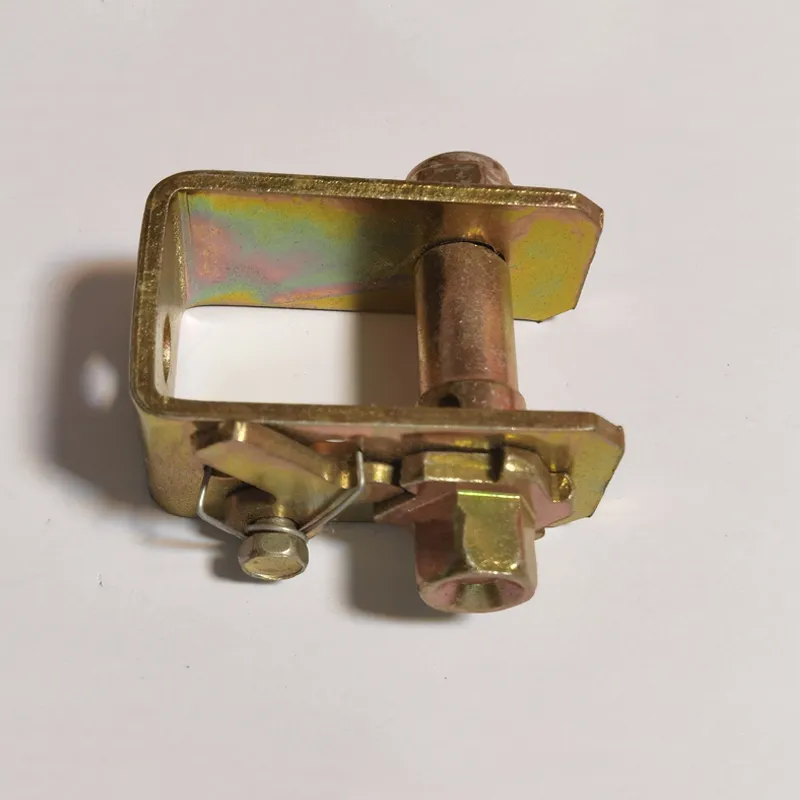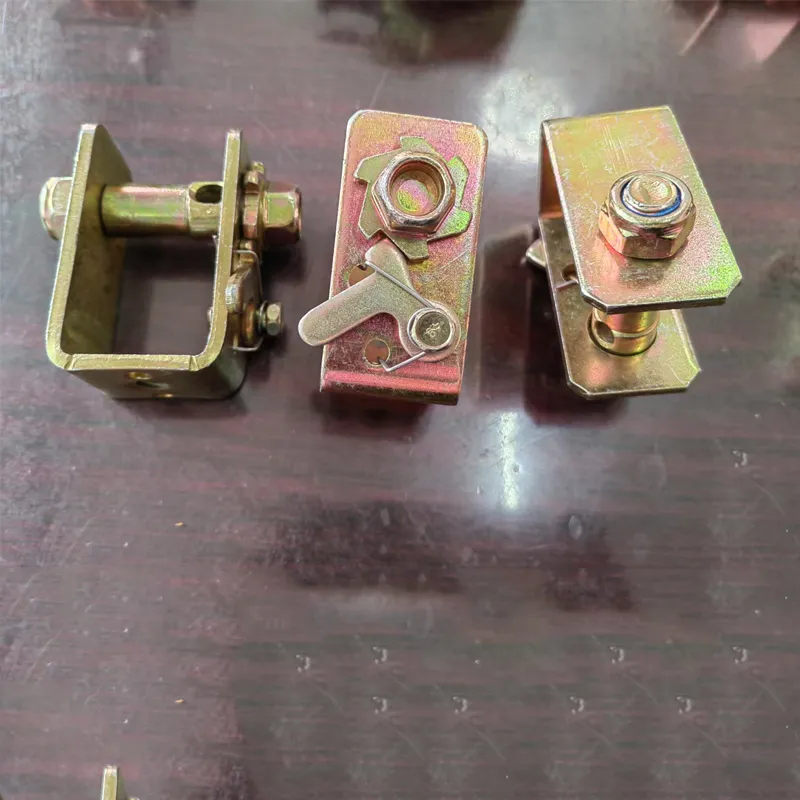
Oct . 19, 2025 12:40 Back to list
Greenhouse Wire Tightener – Fast, Secure Film Tension
The Unsung Hero of Greenhouse Stability: Greenhouse Wire Tightener
If you’ve ever walked a greenhouse after a wind event and thought, “Glad the roof plastic held,” there’s a quiet workhorse to thank: the Greenhouse Wire Tightener. Not glamorous, but absolutely mission-critical. Many customers say a well-tensioned wire grid is the difference between smooth seasons and emergency call-outs at 2 a.m. I’ve seen both ends of that story.

Industry Trends and Why It Matters
Growers are scaling up, plastics are getting stronger, and weather is—well—less predictable. The trend is toward higher-tension, corrosion-resistant components that meet international standards. In fact, spec-savvy buyers now ask for salt-spray hours and coating thickness upfront. It sounds fussy until a coastal greenhouse starts pitting after one harsh season.
Key Specifications (real-world values)
| Material | High-carbon steel (≈C45), heat-treated |
| Finish | Zinc galvanization, ≈12–20 µm (ISO 1461 reference) |
| Compatible Wire Ø | 2.0–4.0 mm (typical greenhouse steel wire) |
| Tensioning Range | Up to ≈1.2–1.6 kN; WLL around 0.8–1.0 kN (SF ≥ 3:1) |
| Corrosion Resistance | ≥240 h NSS (ISO 9227 / ASTM B117), no red rust |
| Operating Temp | -20°C to +60°C (real-world use may vary) |
| Origin | XIHUAN ROAD, HEXI TOWN, LINXI COUNTY, HEBEI PROVINCE, CHINA |
How It’s Made (and Tested)
- Materials: certified high-carbon steel bar/plate, traceable heat lots.
- Methods: precision stamping/forging, CNC threading, controlled heat treatment.
- Coating: alkaline degrease, shot-blast, zinc galvanization; QC on µm thickness.
- Testing: torque-to-tension mapping, pull-to-failure, 5,000-cycle tension fatigue, salt spray (ISO 9227/ASTM B117).
- Service life: ≈8–12 years depending on climate, chemical exposure, and maintenance.
Where It’s Used
- Securing polyethylene films and shade nets; maintaining ridge-to-gutter wire alignment. - Vineyard trellis and orchard hail-net tie-ins (yes, cross-industry). - High-tunnel end-wall bracing and side-roll systems. In windy corridors, growers often double up the Greenhouse Wire Tightener on key spans—belt and suspenders.
Why Growers Choose It
Stronger hold, predictable creep behavior, and straightforward maintenance. One customer in Queensland told me, “We stopped re-tensioning every month; now it’s seasonal.” That’s cost you feel—in a good way.

Vendor Comparison (quick glance)
| Vendor | Coating | WLL | Testing | Notes |
|---|---|---|---|---|
| ARY Bearing (this product) | Zinc, ≈12–20 µm | ≈0.8–1.0 kN | ISO 9227, fatigue cycles | Tight QC, traceability |
| Generic Import A | Electro-zinc, thin | ≈0.6 kN | Basic pull test only | Lower price; watch rust |
| Local Hardware Shop | Mixed, unspecified | Not rated | None declared | Convenient, variable quality |
Customization and Compliance
- Options: wire range, handle geometry, anti-reverse pawl, heavier zinc or hot-dip on request.
- Certifications: factory ISO 9001:2015; coating per ISO 1461; designs aligned with EN 13031-1 greenhouse loads (advisory).
- Documentation: lot traceability, test reports (salt spray, tensile), REACH-compliant coating declarations.
Field Case (coastal, wind-prone)
A 1.5 ha tomato house switched to the Greenhouse Wire Tightener with thicker zinc and doubled ridge runs. Result: 37% fewer mid-season re-tensions and zero film flap failures over 18 months. Not a miracle—just decent engineering and a touch of overbuild.
Final Notes
Install with calibrated torque (don’t guess), re-check after first thermal cycle, and log tension readings. It sounds nerdy, but the payback appears fast—less downtime, steadier climates, calmer managers.
- EN 13031-1: Greenhouses—Design and construction, CEN.
- ISO 1461: Hot dip galvanized coatings on fabricated iron and steel articles.
- ISO 9227 / ASTM B117: Corrosion tests in salt spray (fog).
- FAO Greenhouse Engineering Handbook, UN FAO.
- ASABE EP460: Ventilation and structural considerations for greenhouses.
Latest news
-
Ball Bearing 6001 – Reliable Deep Groove Bearings for Machinery & Industry
NewsNov.24,2025
-
Comprehensive Guide to 6305 2rsr Bearings – Specs, Uses & Vendors
NewsNov.24,2025
-
In-Depth Guide to 6003z Bearing Dimensions: Specs, Applications & Vendors
NewsNov.23,2025
-
Understanding the 6201 Z Bearing - Specifications, Applications, & Future Trends
NewsNov.23,2025
-
Everything You Need to Know About 6001 C3 Bearing – Specs, Uses, and Advantages
NewsNov.22,2025
-
6208 zz Bearing – Key Technical Insights, Applications & Vendor Comparison
NewsNov.22,2025
